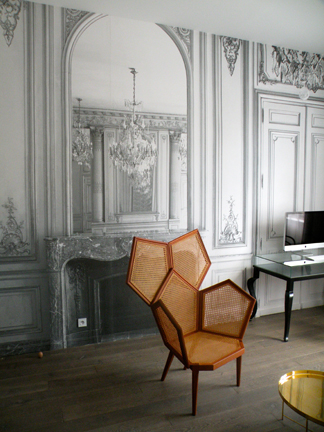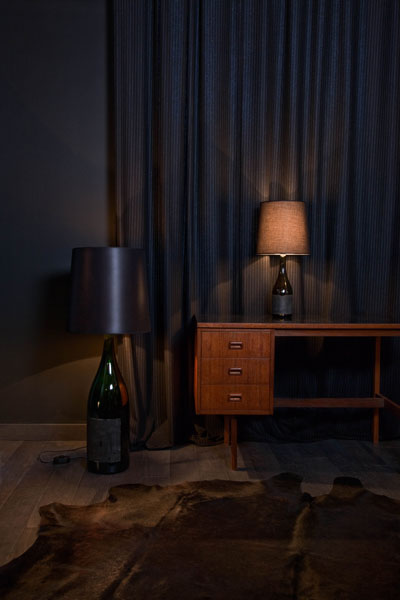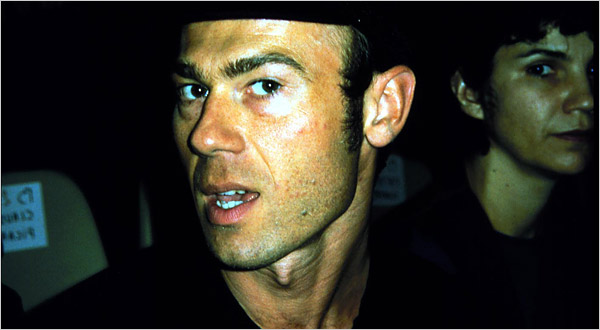Maison Martin Margiela was commissioned by the Hotel Maison Champs-Elysées in Paris to redefine and refine the interior space of the prevalent and historic building. The architecture of the building at Rue Jean Goujon emphasises the impact and contrast of Margiela’s work inside the French maison. With 5 stars, the hotel is located in the heart of the city and features 57 rooms, 5 junior suites and 6 suites – 17 belonging to the Couture Collection of the French fashion house. It takes on a combination of simplicity and prestige making it one of the most sought after hotels to stay in.
“For our clientele who are constantly looking for new lifestyle experiences, we wish to redefine what you may expect from being a hotel guest today. together with maison martin margiela, we are aiming at a luxurious yet relaxed place where purity of forms is matched with amazing detailing, in a corner of paris which gathers all of the most presgious french couture houses.”
– Bernadette chevalier, president of exclusive hotels for Maison Champs-Elysée
One of the rooms that stands out most to me is painted a dusty, dark grey and has been complemented with rugged, parquet oak flooring. Little hints of MMM echo throughout the hotel – huge champagne bottles topped off with a lampshade, and mirrored bedside tables that almost seem to hover above ground. It’s a far cry from the run down cafes and disused warehouses where Margiela usually held his pop up stores, yet he still manages to showcase his trademark stark white, clean lined persona.





